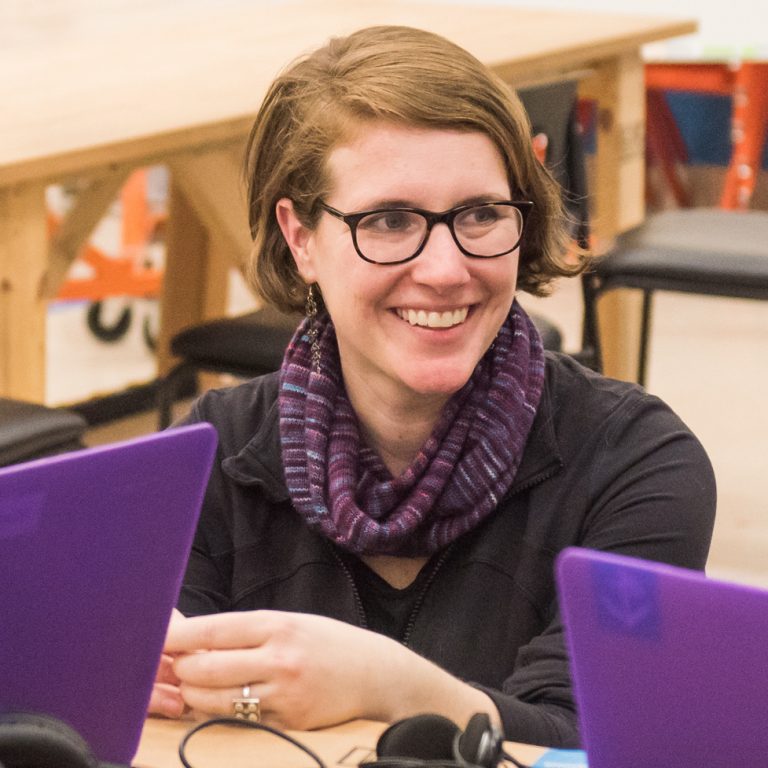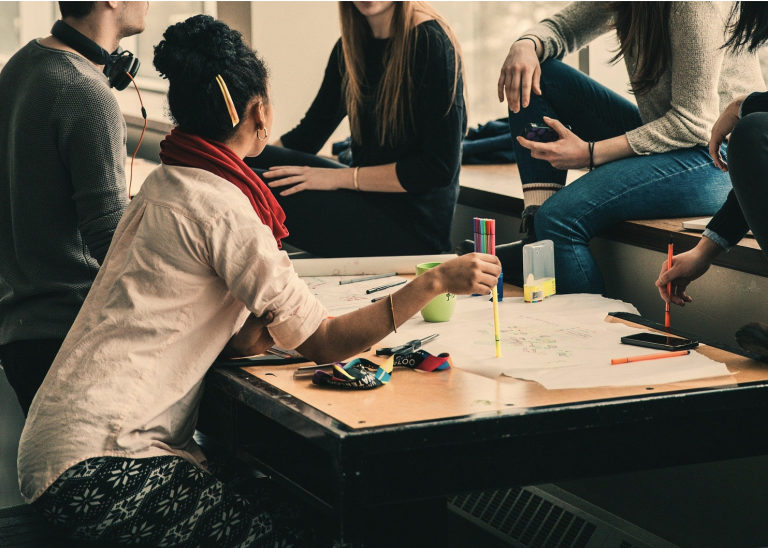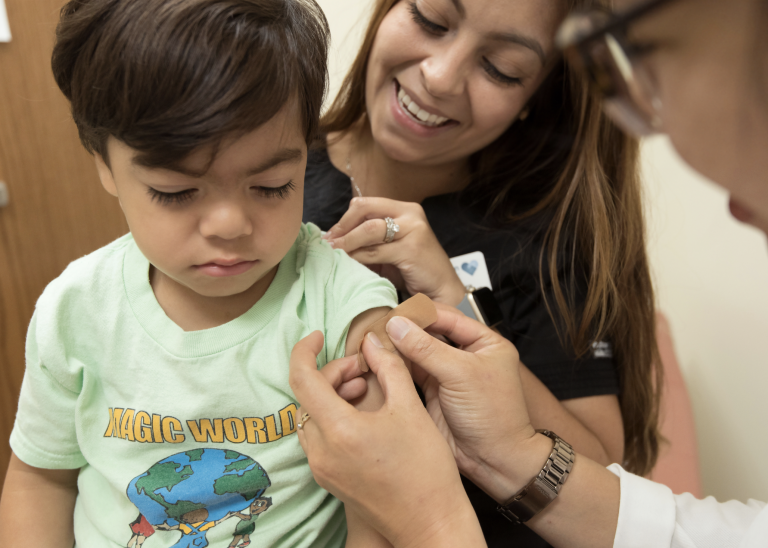
Earlier this month, the seedsprint team attended the Inside/Outside digital design symposium hosted by NYU’s Tandon School of Engineering and held at their Makerspace: two days of discussion about digital design and 3D printing. Day one, Inside, focused “on medical uses and how to communicate and prototype around the very small.” Day two, Outside, focused “on built environments, working with scales greater than 1:1.”
One of the Inside presentations that’s given us a lot to think about was Amy Hurst‘s talk on developing assistive technology for individuals with disabilities. Hurst is an associate professor of Human-Centered Computing at NYU and Director of The Ability Project . She researches accessibility challenges and her primary focus has been developing DIY design and fabrication tools so that others can “DIY’ and build their own assistive technologies.”
In her talk, Hurst explained that she wants to overcome the idea that designing technology is an engineering practice–identify the problem, provide an engineered solution. Hurst notes that this approach has historically resulted in uneven uptake by end-users. The products were the wrong color, the wrong size, the wrong material, the wrong shape. Instead, designers and technology-developers should focus more clearly on each individual user to better understand their needs and preferences. And in fact, today’s digital design and fabrication tools allow designers to do that. The process Hurst teaches encourages designers to more carefully consider user needs, and they involve the end-user throughout the design and production process. The result is a more user-focused technology and an end-user who has been empowered by participation and who is more invested in the resulting technology. That empowerment, Hurst says, ultimately leads to greater acceptance and use of the assistive technology.
Hurst’s research into DIY takes this end-user focused process further. What could be more empowering than DIY tools and technologies that allow people to create their own assistive technologies?
For us, Hurst’s talk was an important reminder that our focus should always be on the users of our platform. Are we understanding their needs? Are we providing the right tools and capabilities to help users meet those needs?
To close her presentation Hurst identified a handful of lessons she and her colleagues have learned while teaching digital design and fabrication, several of which will seem familiar, whatever your field:
- Time is the most expensive resource. Specifically, people’s time is expensive.
- Design with familiar tools. In Hurst’s courses, students create technical drawings and models in clay before moving to digital design and fabrication.
- The learning curve is steep. Students often have difficulty conceptualizing the digital fabrication process.
- Equipment matters. Production tools like 3D printers should generate products in forms end-users want or need.
- Size matters. Prototypes should be the same size as the final product. If not, end-users can’t give effective feedback.
- Materials matter. Similar to the size rule, prototypes should use the same materials as the end product, so end-users can effectively evaluate it during design consultations.
- Communication with fabricators matters. The professionals who operate the fabrication tools have specific information needs and designers need to learn how to provide it.
- Promote collaboration and open communication. Projects that feature open communication and strong collaboration among everyone involved have been the most successful.
- Peer-learning works best. In Hurst’s courses students matched with similarly qualified peers gained skills better than students matched with more advanced students.
How many of Hurst’s lessons do you recognize from your own process of designing products that best serve your end-users?



